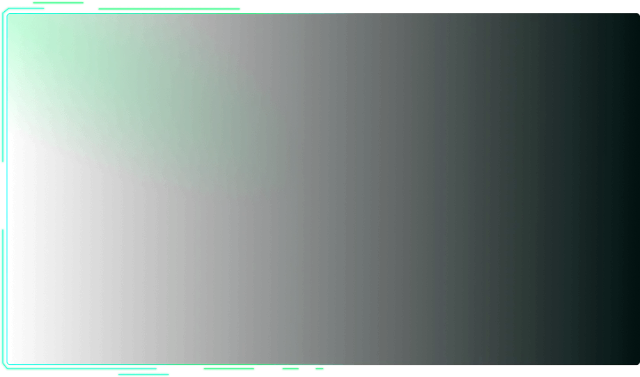2024-01-25 15:37:13
Swing Trading and Strategies that Work

Depending on experience and goals, traders use different approaches to trading crypto assets. Those who do not want to be constantly at the monitor, watching the quotes, choose swing trading. It is an approach that allows you to trade on longer time horizons and stay afloat in a volatile market.
Let’s take a look at what swing trading is and how it attracts investors.
Content
What Is Swing Trading?
In digital asset trading, swing trading is a powerful rate movement that can be caught and capitalized on.
Swing trading is a pattern of behavior of a trading participant who tries to capitalize on price changes with a minimum number of trades. This tactic is in the middle between swing trading and long-term trading.
Basic Principles of Swing Trading
A trader looks for a pronounced price trend and then uses the price fluctuation to make a profit. It is the main principle of swing trading. To protect against the risk of price reversal, trades are opened at the correction stage. Profit is fixed at the moment of canceling the movement of the main trend.
Key features of swing trading:
- Trades are opened for intervals from 3-5 hours to 2-3 days.
- To find entry/exit points, a trader performs technical analysis (moving averages and pivot points are taken into account).
- The use of a small leverage is allowed.
- Swing traders do not trade at the moment of increased volatility.
Swing Trading Patterns
Let’s take a closer look at what changes in the candlestick chart help traders make trading decisions.
Hammer
It is formed at the end of a downtrend. It has a long shadow at the bottom and a small body closer to the top of the candle. Hammer signals a possible reversal of the uptrend.
Inverted Hammer
It is formed at the end of an uptrend. Unlike the previous pattern, its body is closer to the bottom of the candle, although the pattern also has a long shadow. The pattern predicts a downward reversal.
Pin Bar
The pattern indicates the completion of the correction. It represents a candle with a short body and a long downward shadow. Traders pay attention to the color of the candle’s body: green indicates a decline in the correction, while red indicates its continuation.
A gradual decrease in the body of the candlestick heralds the fading of the correction — it is a signal to open a position.
Indicators for Swing Trading
Let’s consider several popular indicators that can be useful in swing trading:
- Moving Averages are used to smooth price data and help to highlight the general direction of the trend.
- MACD helps to determine the strength and direction of the trend.
- RSI measures the relative strength of the current historical price period compared to previous periods. It helps to determine the overbought and oversold levels of an asset.
- Fibonacci Retracement is used to identify potential support and resistance levels.
- ADX measures the strength of the trend and the direction of the rate movement.
Timeframe for swing trading
A timeframe is a time interval displayed on a price chart. It determines how often price information is updated and can range from very short (e.g. 1 minute) to very long (e.g. a week or a month) intervals.
In swing trading, timeframes of 1 hour and above are considered the most optimal. Most participants use 4-hour, daily, and weekly charts.
Best Swing Trading Strategies
When choosing a swing trading strategy, you should consider your goals and trading style. Below are the most popular tactics.
Trading in the direction of the trend
The participant waits for the completion of the correction and the reversal of the rate in the direction of the main trend. A trade is opened at this point. Profit is fixed at the moment of the beginning of the next correction.
Trading against the trend
It is the opposite tactic. Trades are opened at the start of the correction, and then the trader waits until the price turns towards the main trend and fixes a double profit. The first level of fixation can be set at the end of the correction, where the price changes direction and begins to follow the main trend. The second one — at the reversal point of the main trend.
FAQ
In general, there is no specific minimum amount to start swing trading. It all depends on your personal financial situation and the strategies you are willing to use. Many traders recommend starting with an amount that you can afford to lose.
Yes, many traders achieve positive results using this style. However, it is important to realize that swing trading, like any other form of trading on financial markets, involves risks. Education, training, a trading plan, risk management, and psychological resilience are factors that can increase the chances of success.
Although there is always a possibility of loss, swing trading has certain features that can make it safer than other strategies:
- Less sensitivity to short-term fluctuations;
- The possibility to get a clearer picture of the market after technical and fundamental analysis;
- Flexibility in risk management;
- Lower time requirements.
Interested in crypto trading? At ObmenAT24, you can buy cryptocurrency without verification and with minimal commissions. We work with bank cards, e-wallets, and cash!



